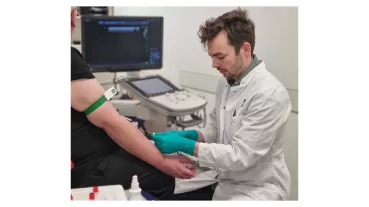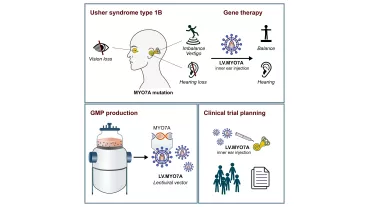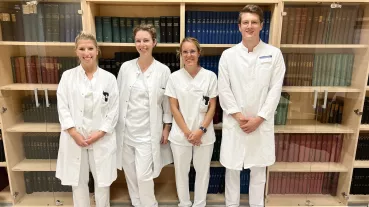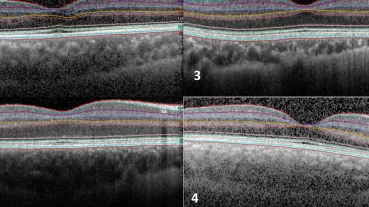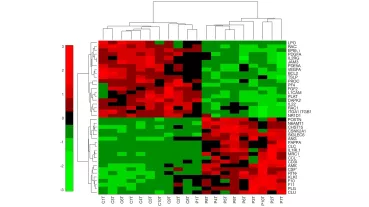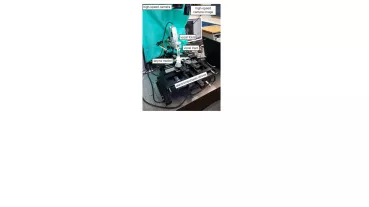High-diversity generation of Nanobodies without animal use and their application in study and treatment of human retinopathies

Hereditary cone-rod dystrophies (CRDs) are rare diseases of the human eye (1:40,000) that lead to sensitivity to light, colour blindness, reduced visual acuity and sensitivity, progressive loss of vision and night blindness. We investigate the molecular basis of CRDs resulting from mutations of two visual transduction proteins, using cell biological, biophysical and structural biology methods. Among other things, we will produce so-called "nanobodies", unique antibodies against the two proteins, to find out how the mutations limit the functionality of these proteins. For the production of nanobodies we completely abstain from animal experiments. Our long-term goal is to develop nanobodies into therapeutics against CRDs.
Here you can get further information.
